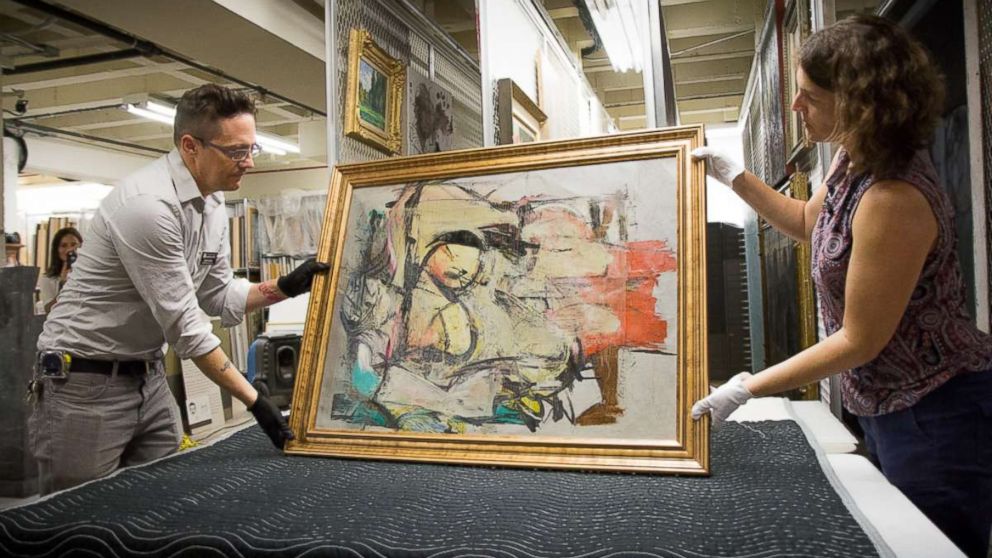Only 10 of stolen artwork worth more than 1 000 000 each is recovered

Recovery Rates for Stolen Artworks Valued over $1,000,000: A Startling Reality

Art, with its intrinsic value and cultural significance, has always been a target for thieves seeking to profit from their illicit activities. From famous masterpieces to lesser-known works of art, the theft of valuable artworks continues to be a global issue. However, what may come as a surprise to many is the alarmingly low rate of recovery for stolen artworks valued at over $1,000,000 – a mere 10% according to available data.
Theft of artwork has a long and storied history, dating back centuries. Countless masterpieces have been pilfered from museums, galleries, and private collections, leaving a void in the cultural landscape. These stolen artworks not only represent a significant loss for the art world but also reflect the vulnerability of the institutions entrusted with their safeguarding.
One notable example of a stolen artwork is Willem de Kooning’s “Woman-Ochre.” The painting, created in 1955, was snatched from the University of Arizona Museum of Art in 1985. It remained missing for over 30 years until it was finally recovered in 2017. This case serves as a reminder of the complex and often lengthy investigations required to locate and return stolen artworks to their rightful owners.

The recovery rate for stolen artworks exceeding $1,000,000 remains dishearteningly low. Despite the dedicated efforts of law enforcement agencies, specialized art crime units, and international collaborations, the majority of stolen artworks valued at such high sums continue to elude recovery. This reality underscores the challenges faced by those seeking to reunite stolen art with its rightful place in the art world.
Various factors contribute to the difficulties in recovering stolen artworks worth millions. One significant obstacle is the complex network of art traffickers and black-market dealers, who operate discreetly to launder stolen works. These individuals often exploit the lack of transparency in the art market, making it arduous for investigators to trace and repatriate stolen artworks.
Additionally, the global nature of art theft poses significant challenges. Stolen artworks may be transported across borders, concealed within legitimate cargo, and ultimately sold in different countries. These transfers often involve numerous intermediaries, making the retrieval process even more convoluted.
Efforts to combat art theft and increase the recovery rate have been ongoing. International databases, such as the Art Loss Register, provide a platform for tracking stolen artworks and preventing their sale in the legitimate art market. Improved legislation and regulations regarding the sale and acquisition of artworks have also been introduced in many countries to discourage the trade of stolen art.
However, the battle against art theft still presents formidable obstacles. Greater public awareness, increased funding for art crime investigation units, and enhanced international collaboration are essential to improving the recovery rate for stolen artworks valued over $1,000,000.
In conclusion, the recovery rate for stolen artworks exceeding $1,000,000 remains astonishingly low, with only 10% being successfully recovered. This disconcerting reality highlights the challenges faced by law enforcement agencies and art recovery organizations in their quest to reunite stolen art with its rightful owners. As the art world continues to evolve, a unified effort will be necessary to counter art theft and preserve the cultural heritage these artworks represent.
Source: Hyperallergic
Tags
Share
Related Posts
Quick Links
Legal Stuff

